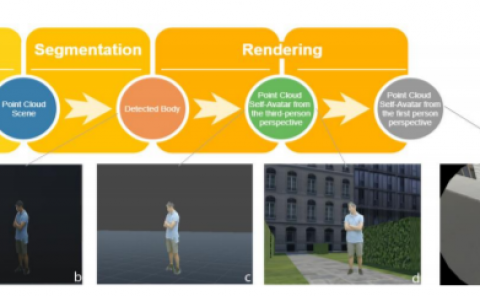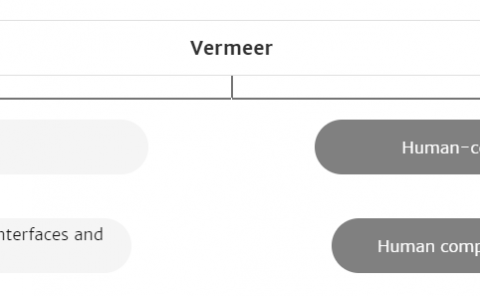Cascaded Displays: Spatiotemporal Superresolution using Offset Pixel Layers
PubDate: August 1, 2014
Teams: NVIDIA
Writers: Felix Heide (NVIDIA);Douglas Lanman (NVIDIA);Dikpal Reddy (NVIDIA);Jan Kautz;Kari Pulli (NVIDIA);David Luebke
PDF: Cascaded Displays: Spatiotemporal Superresolution using Offset Pixel Layers

Abstract
We demonstrate that layered spatial light modulators (SLMs), subject to fixed lateral displacements and refreshed at staggered intervals, can synthesize images with greater spatiotemporal resolution than that afforded by any single SLM used in their construction. Dubbed cascaded displays, such architectures enable superresolution flat panel displays (e.g., using thin stacks of liquid crystal displays (LCDs)) and digital projectors (e.g., relaying the image of one SLM onto another). We introduce a comprehensive optimization framework, leveraging non-negative matrix and tensor factorization, that decomposes target images and videos into multi-layered, time-multiplexed attenuation patterns—offering a flexible trade-off between apparent image brightness, spatial resolution, and refresh rate. Through this analysis, we develop a real-time dual-layer factorization method that quadruples spatial resolution and doubles refresh rate. Compared to prior superresolution displays, cascaded displays place fewer restrictions on the hardware, offering thin designs without moving parts or the necessity of temporal multiplexing. Furthermore, cascaded displays are the first use of multi-layer displays to increase apparent temporal resolution. We validate these concepts using two custom-built prototypes: a dual-layer LCD and a dual-modulation liquid crystal on silicon (LCoS) projector, with the former emphasizing head-mounted display (HMD) applications.


